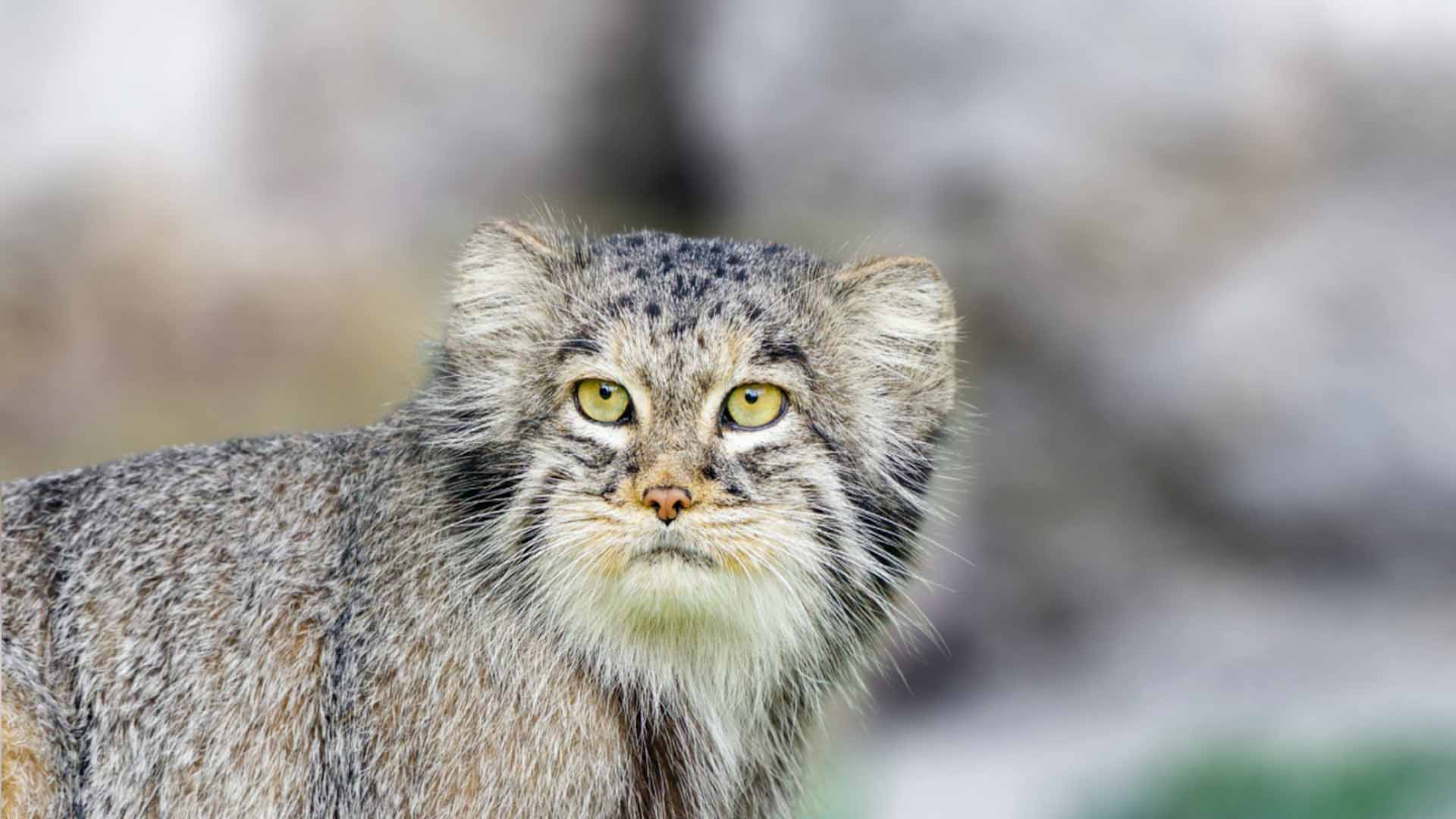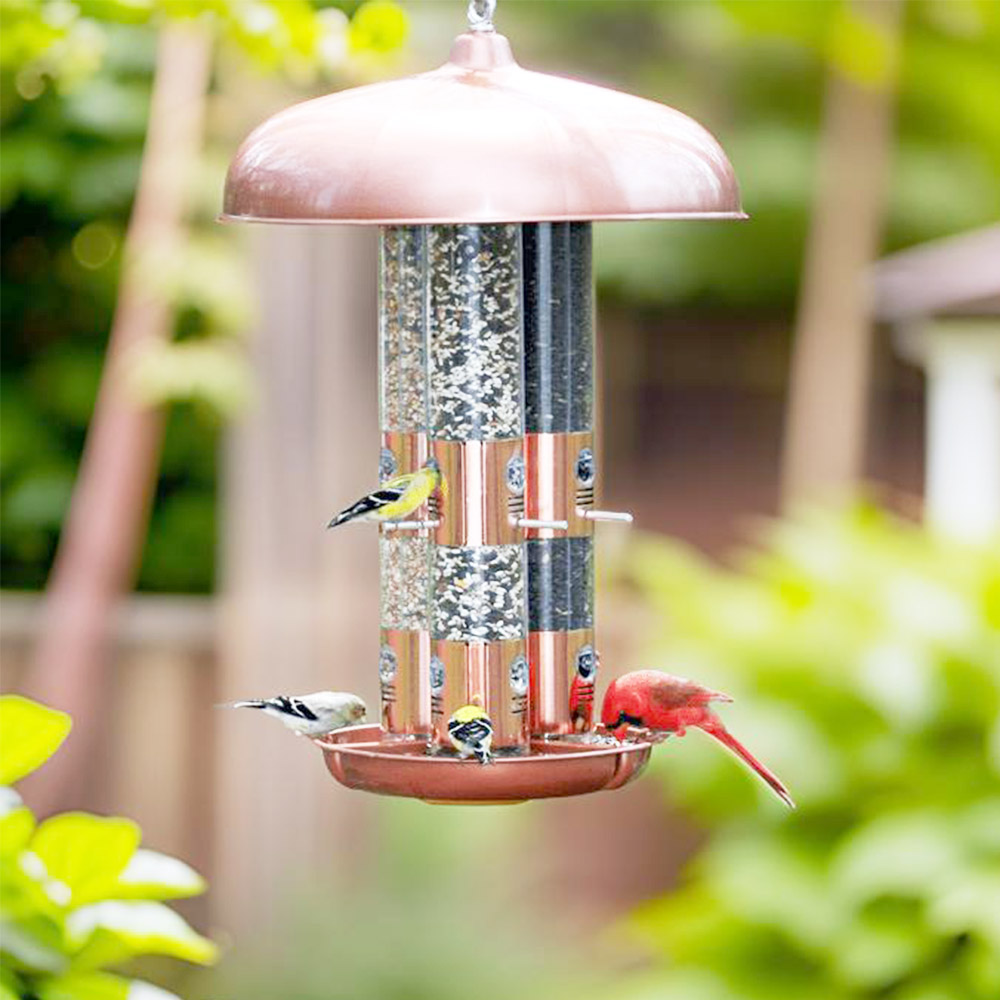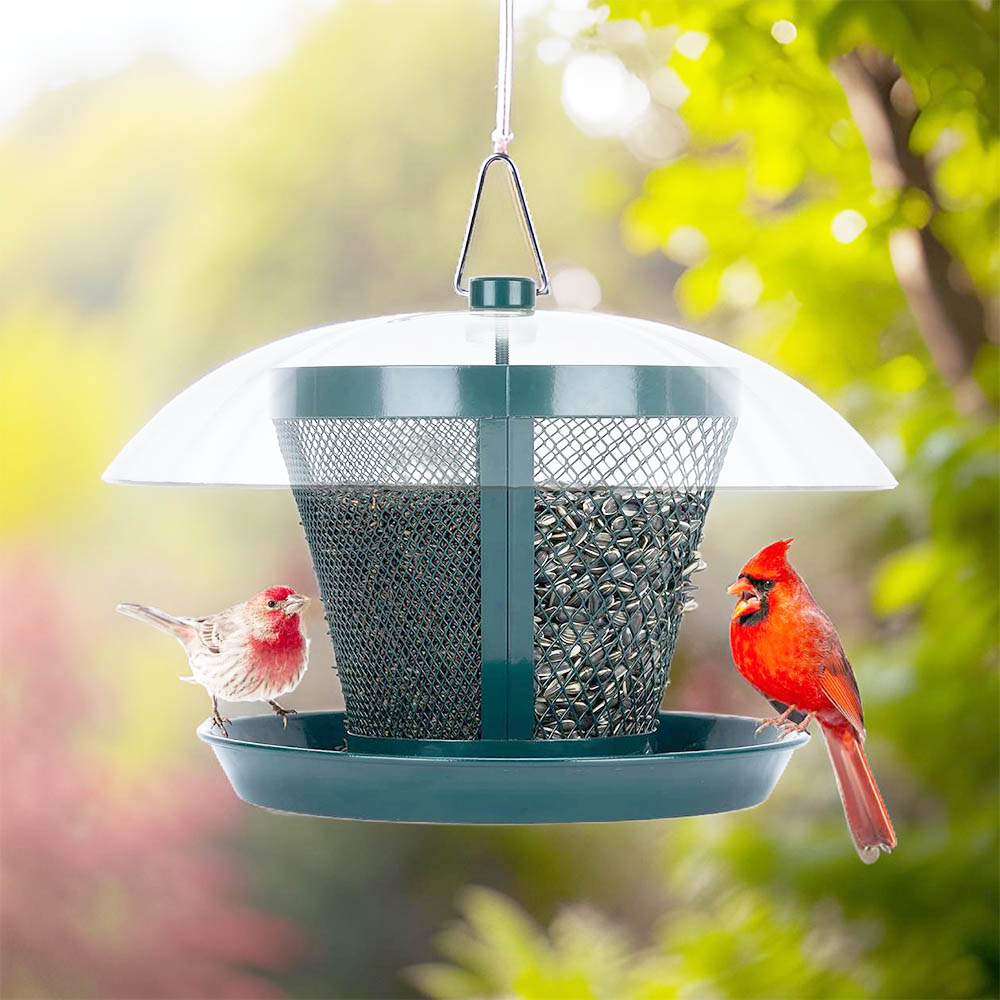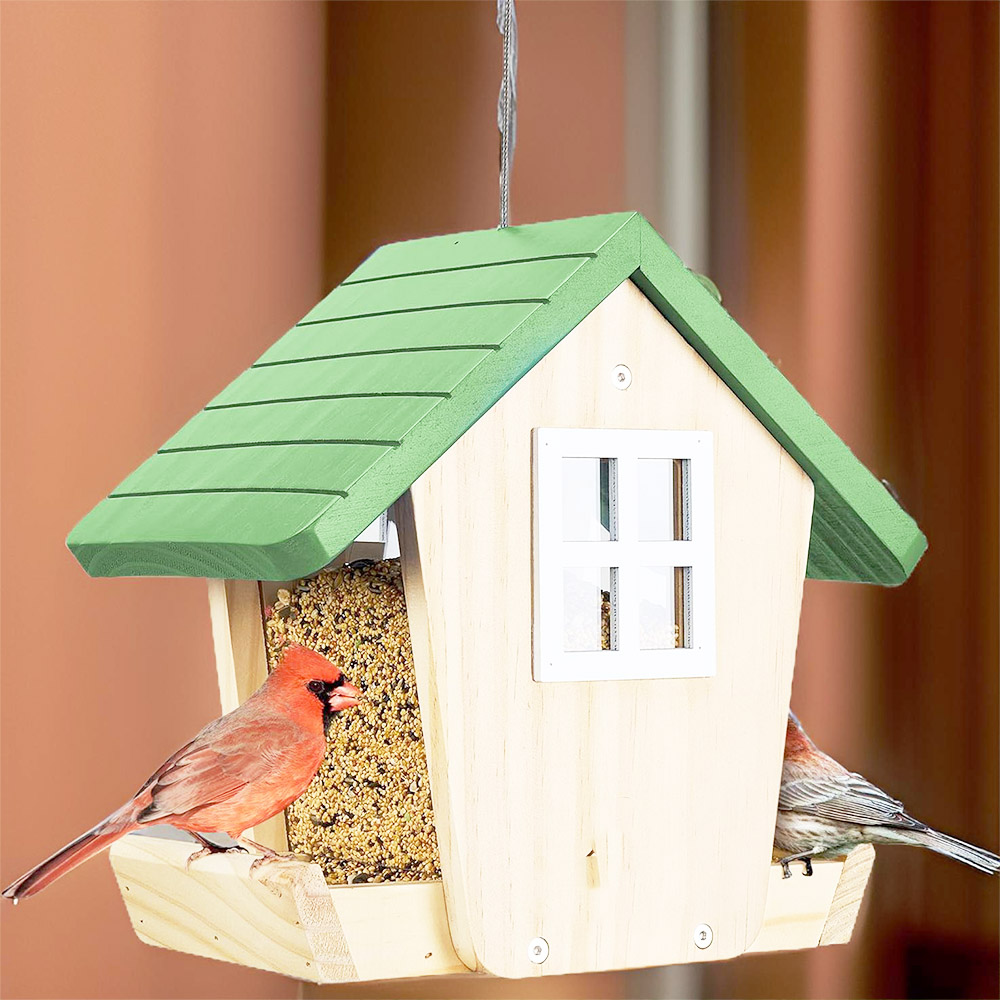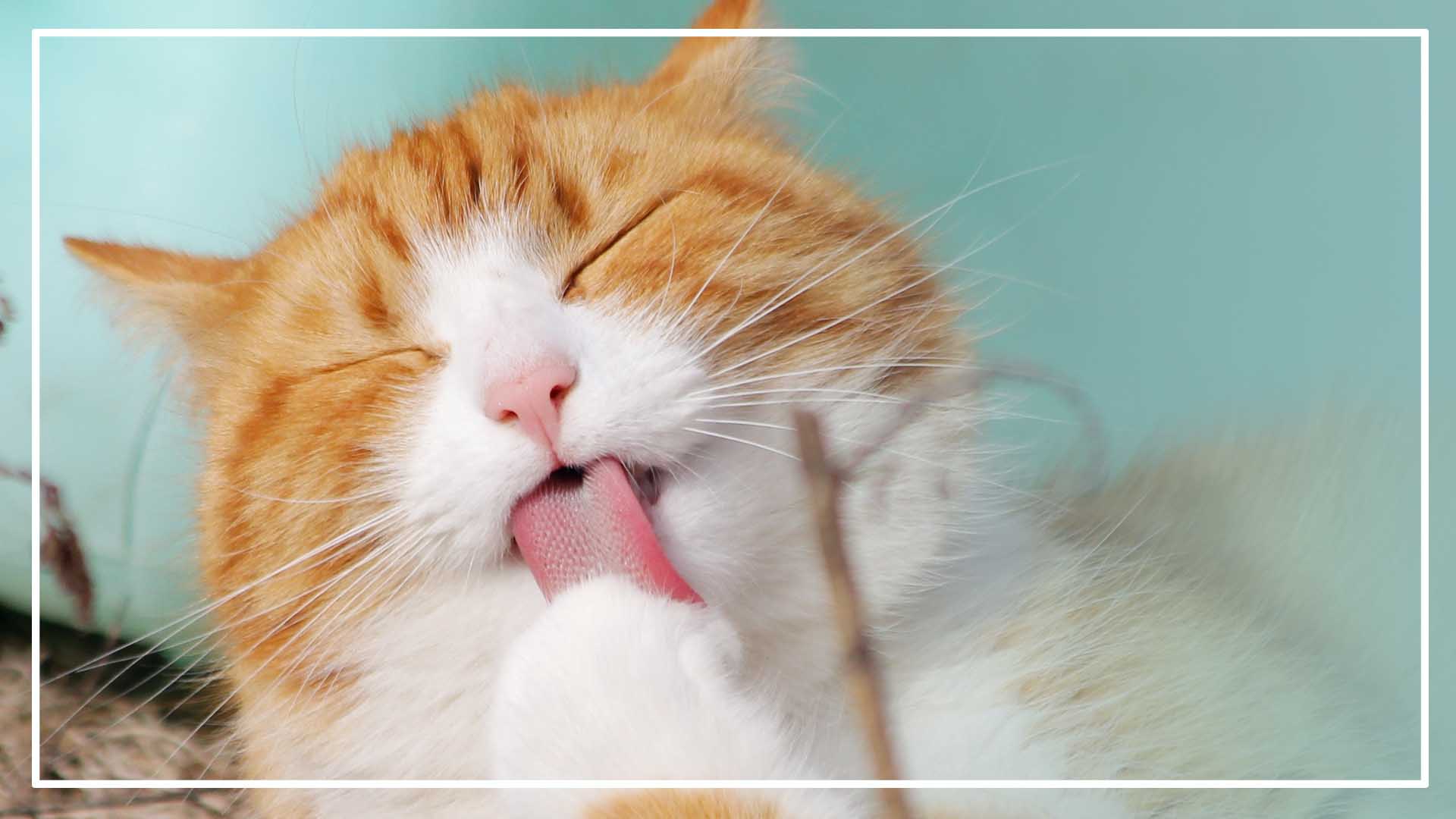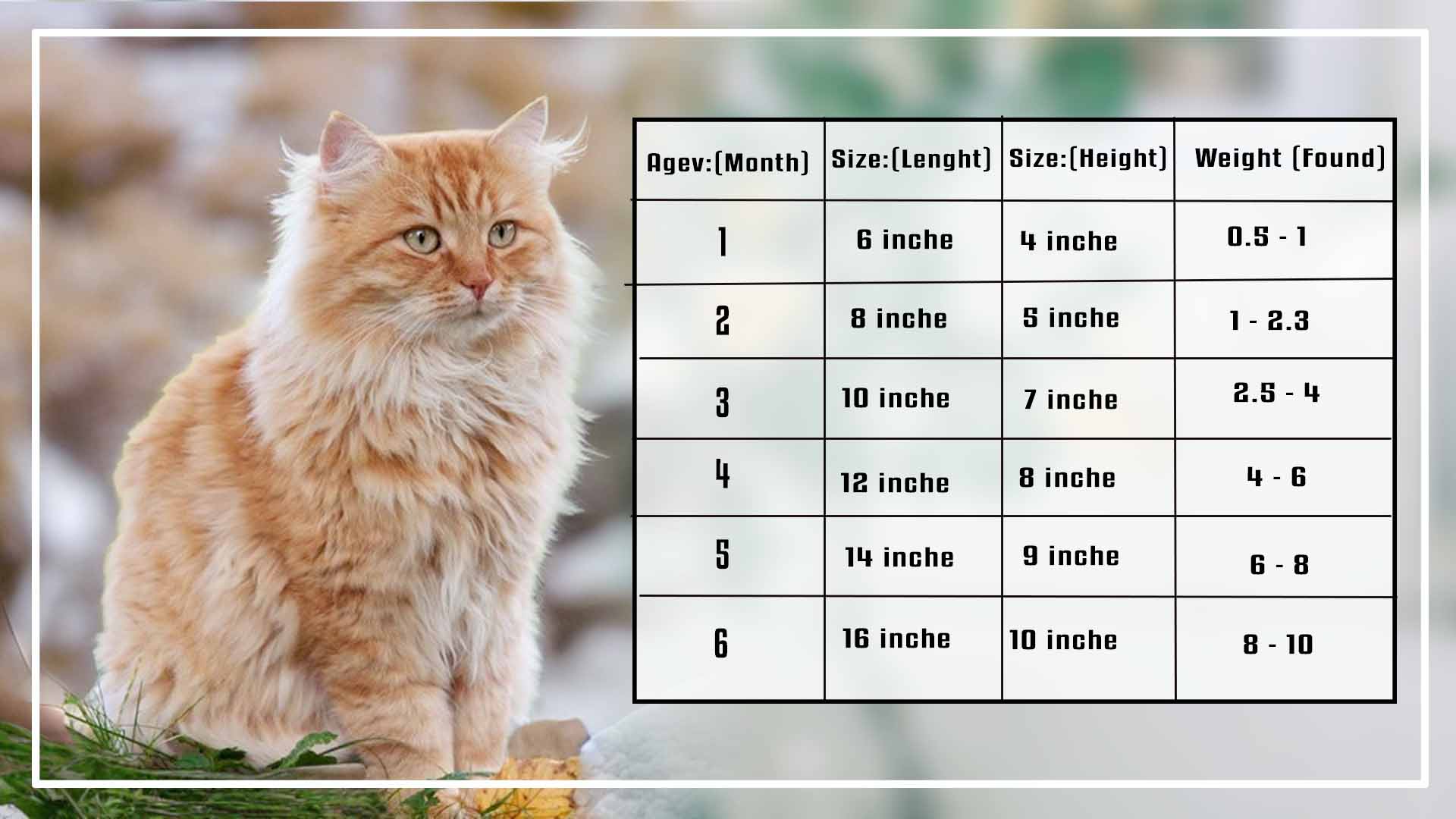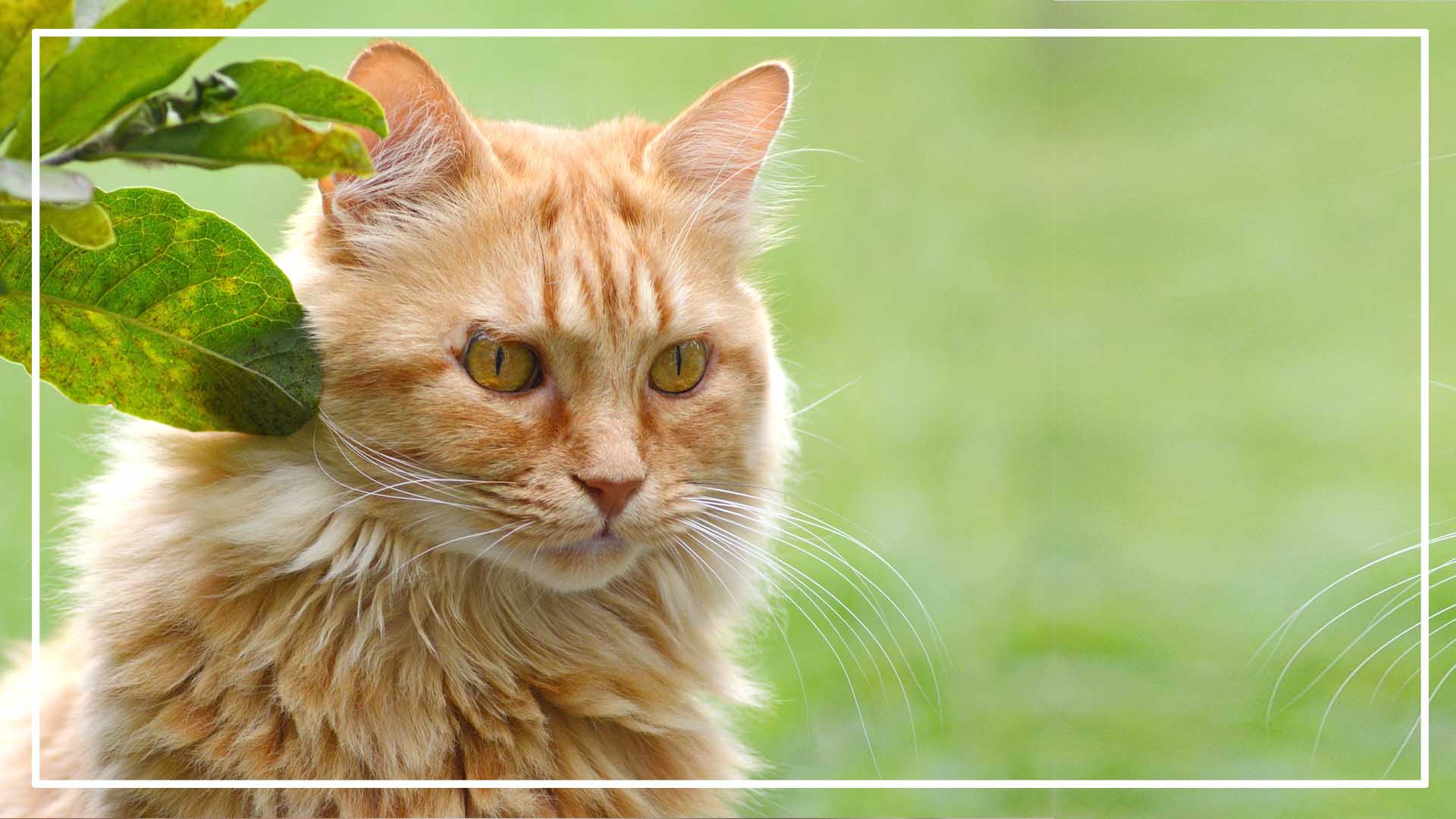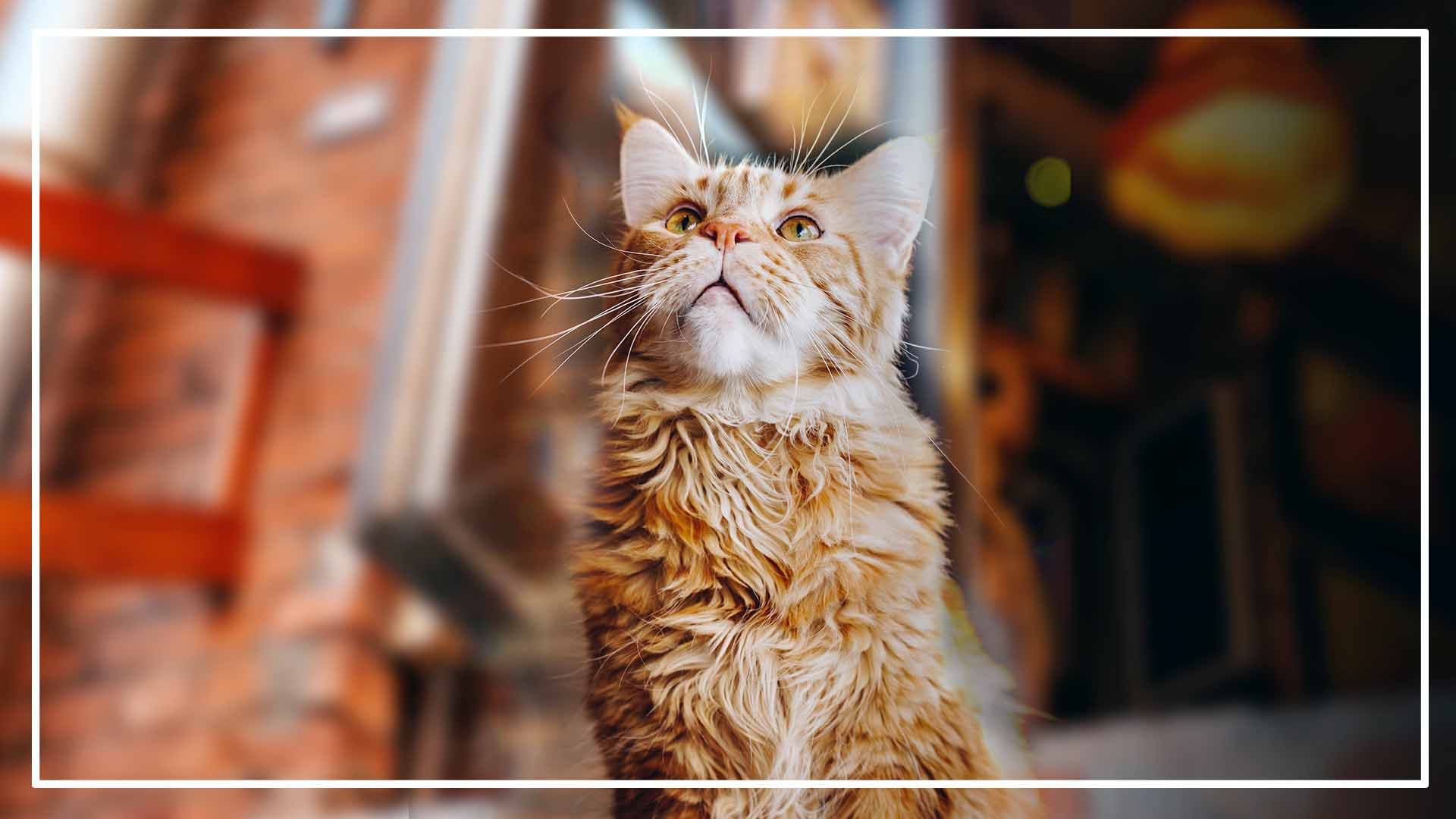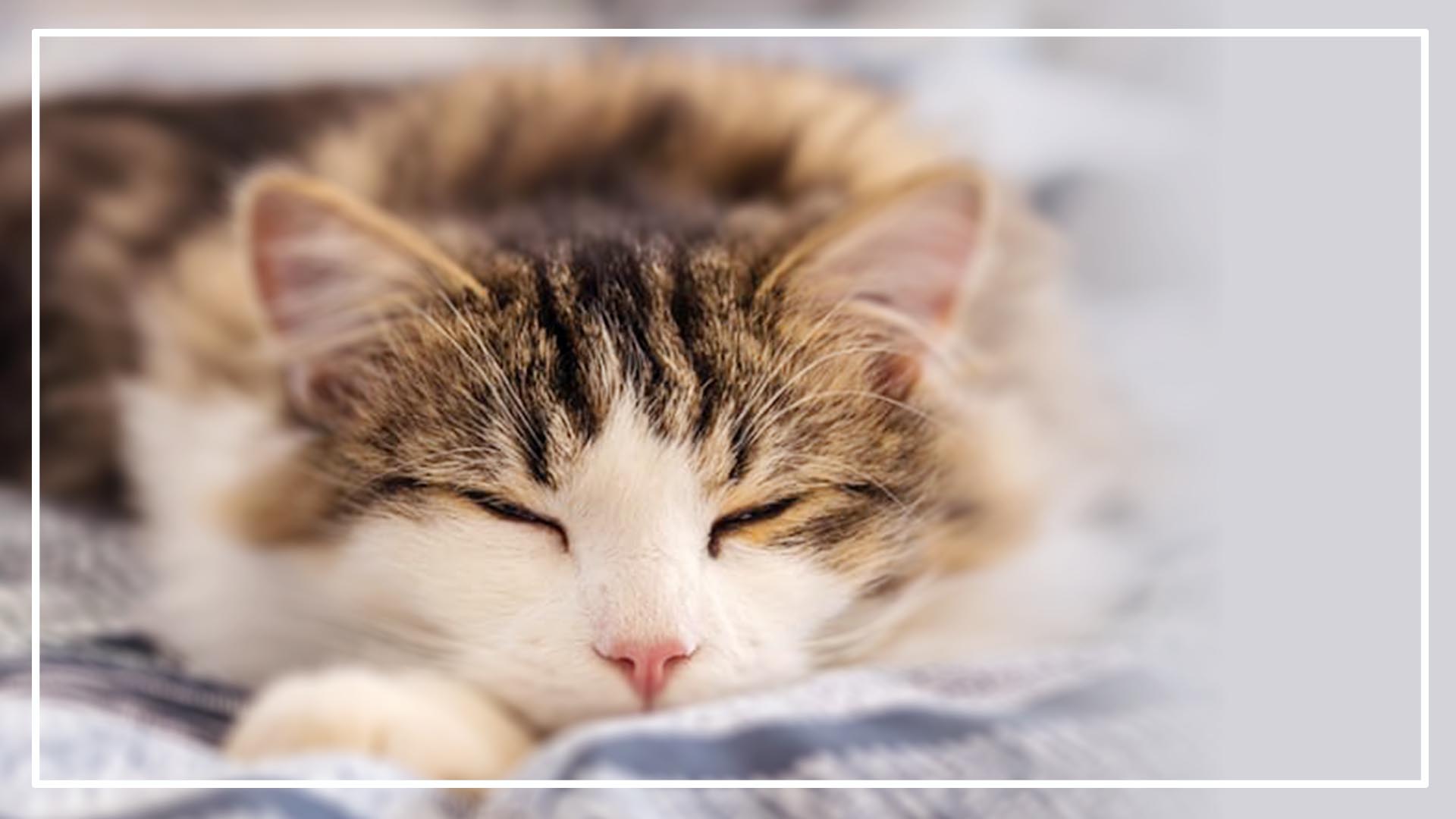Owning a cat comes with the responsibility of understanding their behavior and addressing any unusual habits or actions they exhibit. One common problem that cat owners encounter is their feline companions eating carpet fiber. In this guide, we will explore the reasons behind this behavior and provide practical steps to help you resolve the issue.
Reasons: Why Do Cats Eat Carpet Fiber?
When Cats are investigating their environment and accidentally ingest carpet fibers. Some cats develop a habit of chewing on non-food items, including carpet fiber. In rare cases, cats may eat carpet fiber if they have certain nutritional deficiencies. Cats may resort to eating non-food items like carpet fiber as a coping mechanism for stress or anxiety.
Guide To Stop Cat-Eating Carpet Fiber
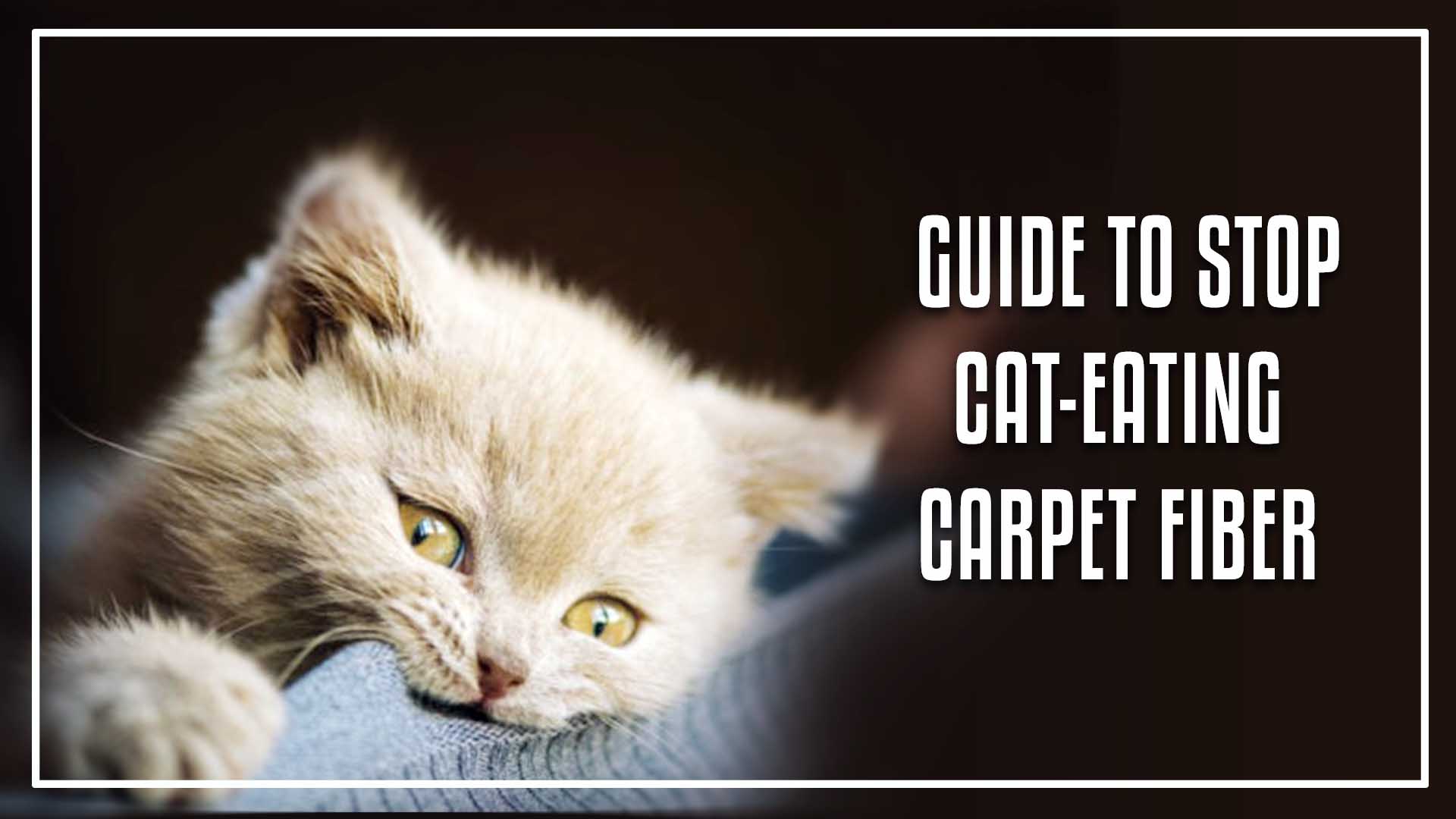
If you’re dealing with a cat that has developed a habit of eating carpet fiber, it’s important to address the issue promptly to ensure your cat’s safety and prevent damage to your carpets. Here’s a guide to help you stop your cat from eating carpet fiber:
Rule out medical conditions
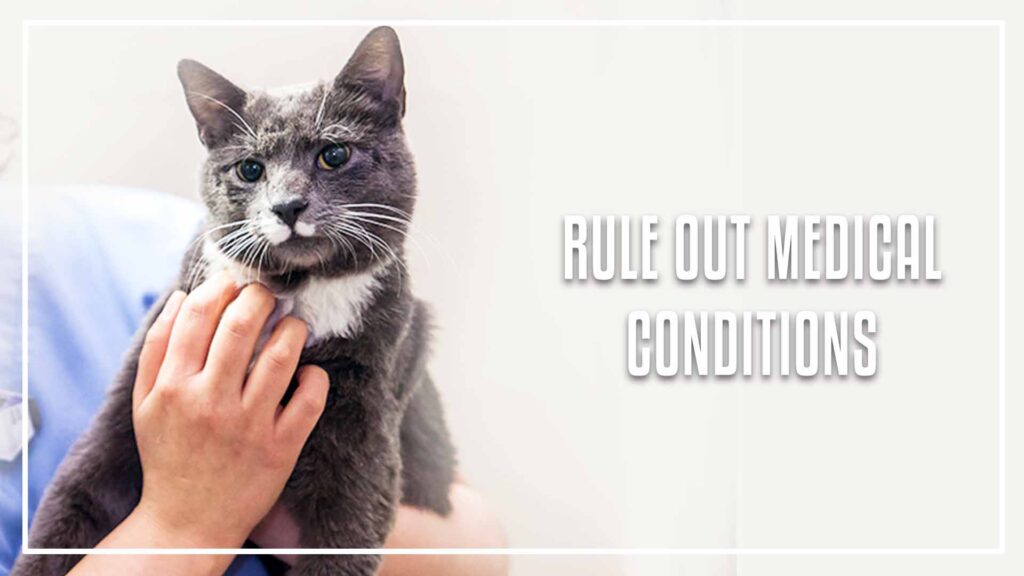
Before assuming it’s purely a behavioral issue, take your cat to a veterinarian for a thorough examination. Sometimes, cats may chew on non-food items due to underlying medical conditions like nutritional deficiencies, gastrointestinal problems, or dental issues. Identifying and treating any potential medical causes is crucial.
Provide appropriate nutrition
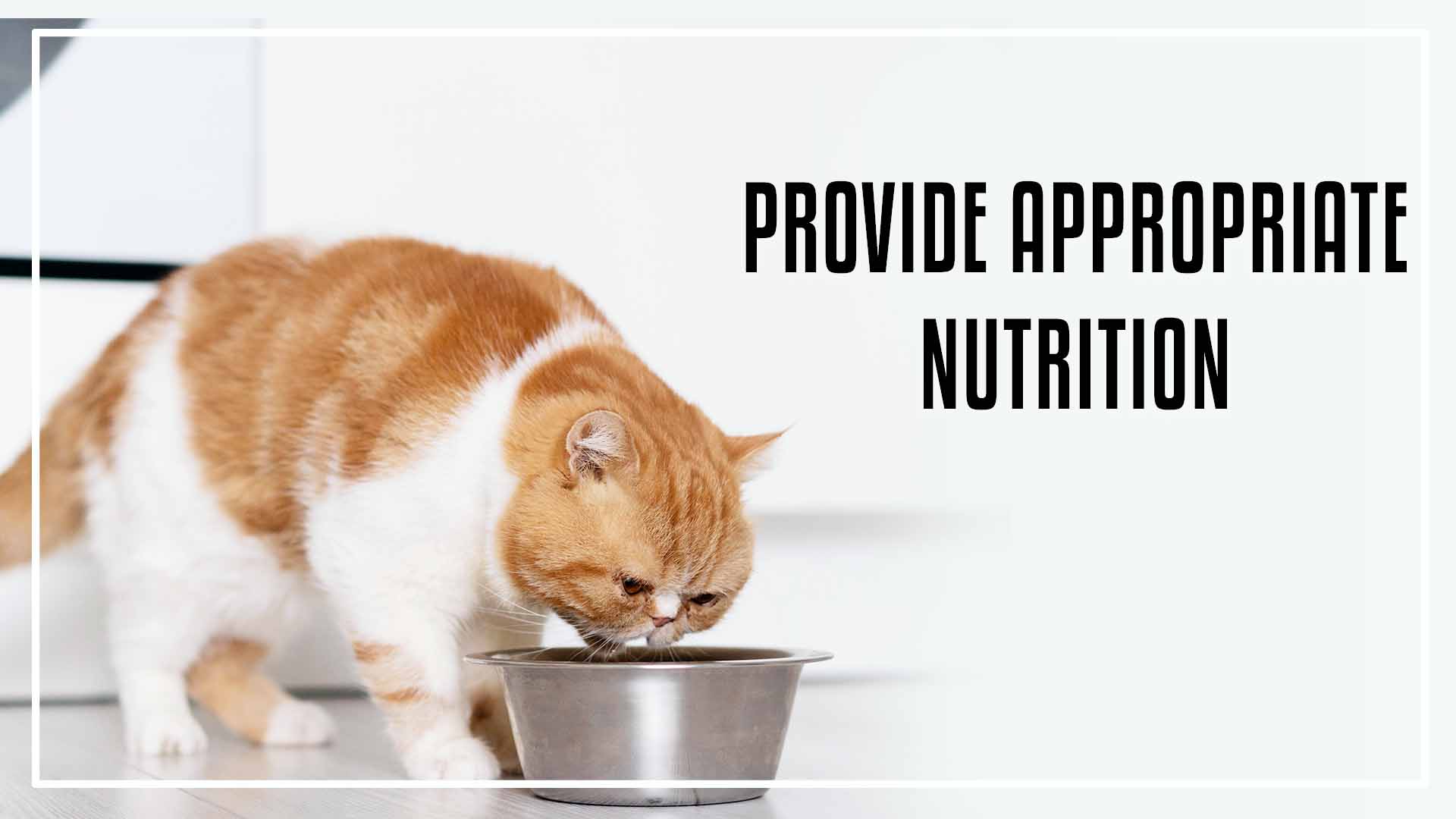
Ensure that your cat’s diet is balanced and meets all its nutritional requirements. High-quality cat food should be the primary source of nutrition, and it should be appropriate for your cat’s age, health condition, and activity level. Discuss your cat’s dietary needs with a veterinarian, as they can provide valuable recommendations.
Environmental enrichment
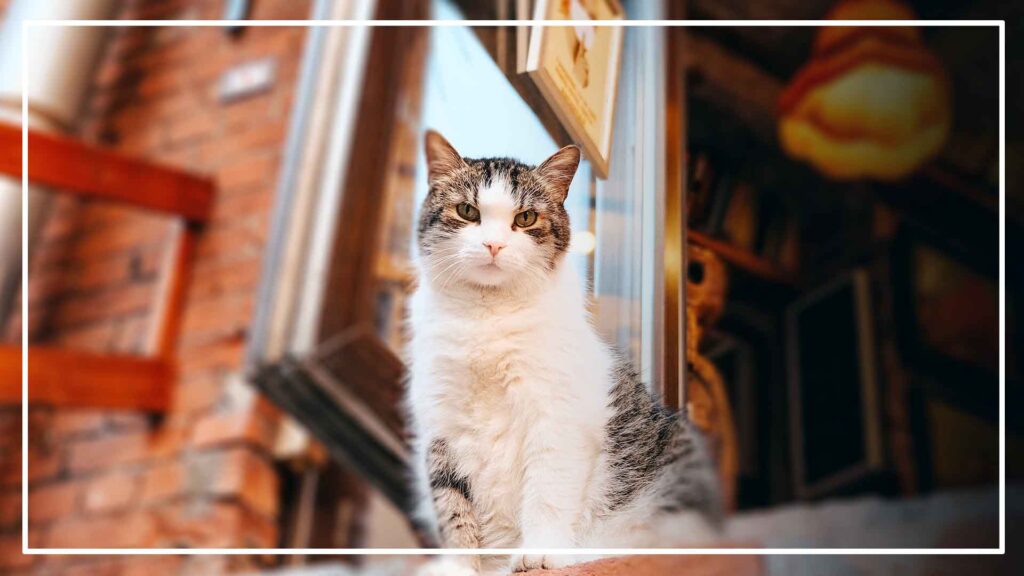
Boredom and lack of stimulation can lead cats to engage in undesirable behaviors. Provide plenty of toys, scratching posts, and interactive playtime to keep your cat mentally and physically engaged. Rotate toys regularly to prevent monotony and consider puzzle toys or treat-dispensing toys to stimulate your cat’s natural hunting instincts.
Use deterrents
Make the carpet less appealing by using deterrents that discourage your cat from chewing. Bitter-tasting sprays specifically designed for cats can be applied to the carpet edges or any other areas your cat tends to target. Cats generally dislike the taste and will avoid chewing on treated surfaces.
Provide appropriate chewing alternatives
Cats have a natural urge to chew, so it’s important to redirect that behavior towards appropriate objects. Offer your cat a variety of safe and appealing chewing alternatives, such as catnip toys, dental chews, or soft rubber toys. Experiment with different textures and materials to find what your cat prefers.
Manage access to carpeted areas
Limit your cat’s access to carpeted areas where it frequently chews on the fiber. You can use baby gates or close doors to restrict entry. This helps break the habit and prevents your cat from practicing the behavior.
Supervise and redirect
Whenever you notice your cat attempting to chew on the carpet, redirect its attention to an appropriate toy or treat. Offer praise and reward when your cat chooses the alternative option. Consistency is key, so be vigilant and intervene every time.
Cat-proof the environment
Remove any loose threads or carpet pieces that may tempt your cat to chew. Secure loose carpet edges or replace damaged sections to eliminate easy access to fibers.
Seek professional help if needed
If the behavior persists despite your best efforts, consult with a professional animal behaviorist or a certified cat behavior consultant. They can assess the situation and provide tailored advice to address the specific issue.
Remember, it’s important to be patient and persistent when trying to change your cat’s behavior. With time, consistency, and the right approach, you can help your cat overcome the habit of eating carpet fiber and ensure a safe and healthy environment for both you and your furry friend.
FAQ
Why is my cat eating carpet fibers?
There could be various reasons why a cat engages in eating carpet fibers, including boredom, stress, anxiety, dental issues, nutritional deficiencies, or pica—a condition where cats crave and consume non-food items. Consulting with a veterinarian can help identify the underlying cause in your cat’s specific case.
Is it OK for cats to eat carpet?
No, it is not safe for cats to eat carpet. Ingesting carpet fibers can lead to digestive issues, intestinal blockages, or choking hazards. It’s essential to prevent this behavior and redirect their chewing urges to more appropriate items.
Is there a cure for pica in cats?
There isn’t a specific cure for pica in cats, as it is often a complex behavior with various underlying causes. Treatment involves addressing any underlying medical issues, providing appropriate environmental enrichment, and behavior modification techniques, and ensuring a balanced diet. Consulting with a veterinarian or a professional animal behaviorist can help create a tailored plan for your cat.
What happens if a cat eats fabric?
If a cat eats fabric, it can lead to serious health problems. Fabric can cause gastrointestinal obstructions or blockages, which may require surgical intervention to remove. Symptoms may include vomiting, diarrhea, abdominal pain, loss of appetite, or lethargy. It’s crucial to seek immediate veterinary attention if your cat has ingested fabric.
Conclusion
Understanding why your cat is eating carpet fiber is crucial for addressing this behavior effectively. By evaluating their environment, providing proper nutrition and enrichment, managing stress and anxiety, implementing positive reinforcement training, and seeking veterinary assistance when necessary, you can help your cat overcome this habit. Remember, patience and consistency are key to modifying your cat’s behavior, and creating a loving and supportive environment will contribute to their overall well-being.
